10 Things You Should Know When Buying Cameras On eBay
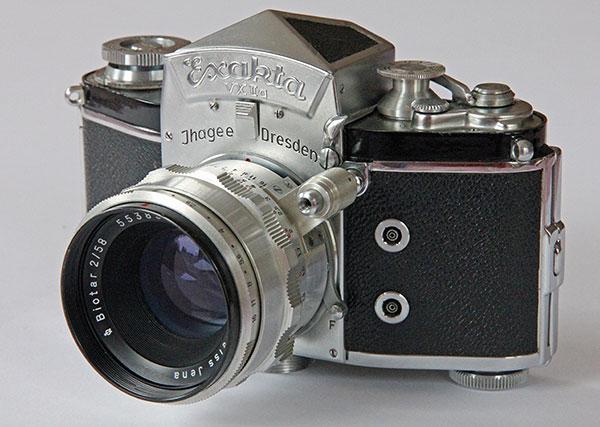
I’ve been an eBayer since 1998 and I’ll admit that buying cameras on eBay can be seriously addictive. Even better (and even more addicting): you can occasionally snag great deals!
Indeed, many leading retail establishments including Adorama, B&H, KEH, Roberts Camera, National Camera Exchange, etc., etc. sell photographic equipment on eBay. And if you’re not the bidding type, many of the listings on eBay offer “Buy It Now” prices and/or “Make Offer” options.
There are elaborate safeguards on eBay to prevent you from non-delivery or receiving items that are not as they were described, and bad sellers that receive lots of negative feedback can be banished from the site. Nevertheless, buying cameras on eBay is still inherently riskier than an in-person transaction at a brick-and-mortar store.
The purpose of this article is not to advocate for or against eBay, but to help you minimize your risk and maximize your satisfaction in buying cameras and related gear on the world’s top online auction site.
So without further ado, here are ten key things you should know if you’re considering buying a camera on eBay. (And take it from me, these bits of advice are coming from someone who occasionally had to learn the hard way!)
1) Carefully examine all the posted pictures
The product images posted on eBay are the only way you have to visually assess the physical and cosmetic condition of the camera or other items listed, and to do this effectively, the images must be reasonably sharp and detailed. Inspect each image meticulously at high magnification on a computer screen to see if there are any scratches, nicks, dents, or other problems, all of which lower the item’s value. If the images were shot from too far away, are blurry, or there are too few of them to show the back, bottom, top, and sides of camera, don’t bid unless you’re willing to risk the purchase price. You can also contact the seller asking for more or better images and a more precise verbal description, and then make your final judgment when you receive them.
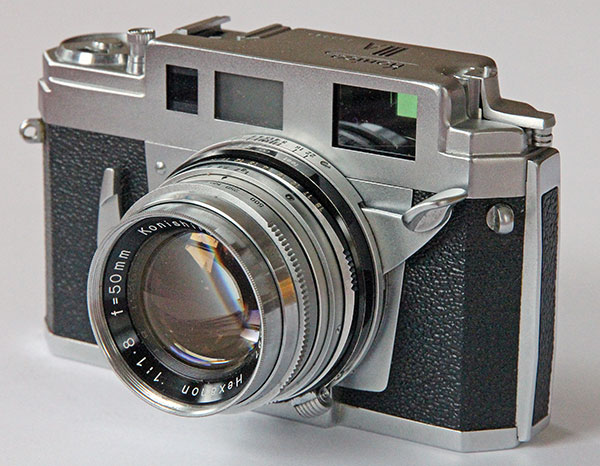
2) Check the seller’s record
Not all eBay sellers are created equal and it’s a good idea to check their eBay record before you bid. Just click on the seller’s eBay name under Seller Information on the upper right-hand corner of the screen. eBay sellers with ratings in the 99-100% positive range that have made hundreds or thousands of sales are almost always trustworthy, as are sellers with gold star or Top Seller ratings. Any rating under about 95% should be a red flag. By clicking on the positive (green), negative (red), and neutral (black) tabs on the eBay seller record screen you can access individual buyer comments on the seller and the seller’s response. Most sellers on eBay are honest, friendly, and will go out of their way to maintain their favorable ratings. Issues with sellers can usually be resolved by contacting them directly or through eBay’s dispute resolution system. Can you get screwed? Yes, but it’s only happened to me once in 17 years and 615 transactions on eBay.
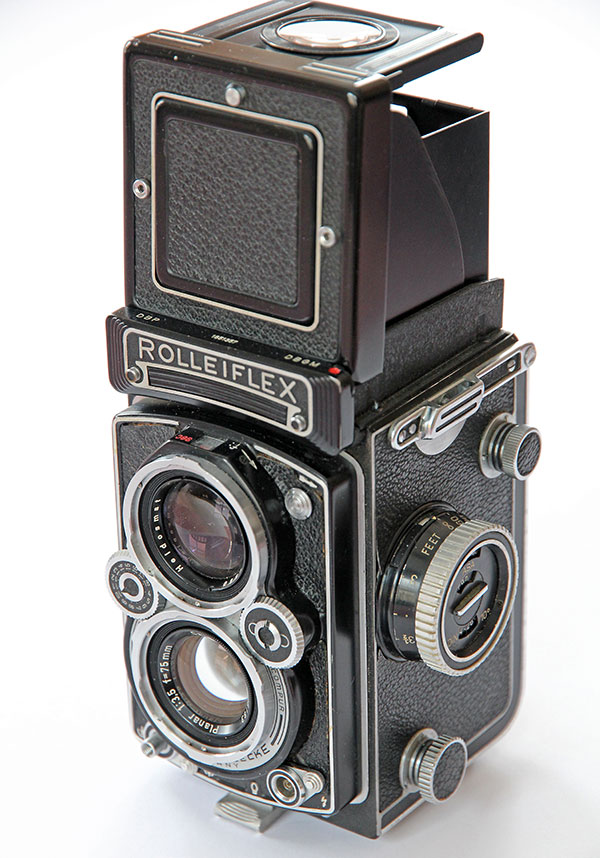
3) Read the entire listing diligently
The Item Description and Product Details sections should have a detailed description of the camera, including model name or number, lens, features, general condition, and info on any operational or cosmetic defects and other issues. Many do not, and this may be a simple case of the seller not being camera savvy. However, never assume a camera is in good working condition unless the listing clearly states that it’s fully functional. “As Is” means exactly what it says and the seller doesn’t have to refund your money unless the item has been inaccurately described. Beware of hedged statements like “looks good and seems to work” unless the listing clearly states seller is willing to accept returns unconditionally. If a camera is listed as “in perfect working condition” and it isn’t when you receive it, you may be able to return it by contacting the seller, or as a last resort, opening an eBay case on grounds that the item is “not as described,” even though the listing states Returns Not Accepted. However you’re always better off dealing with a seller that does accept returns or offers, say, a 14-day money-back guarantee. Remember also that the cost of shipping back an item is generally the buyer’s responsibility though some upstanding eBay sellers will include it in any refund posted to your account. eBay listings are contracts so it’s essential to read the fine print twice before you bid or buy.

4) Cruise the eBay listings to get the best deal
The easiest way to find the exact camera you’re looking for is to type the name and model into the search box at the top of the eBay screen. This will usually bring up a range of cameras matching or close to your criteria. Check out each one carefully, based on the advice given above, and narrow it down to a few choices. If the camera is an eBay auction listing or a Buy It Now listing at a fixed price, you can go to the upper right-hand corner of the screen and save it in your watch list by clicking on Add to watch list. The exception: If the item is listed with a Best Offer option, it’s best not to add it to your watch list if you intend to make an offer. The more watchers the seller sees, the less likely he/she will be to accept your offer at the lowest possible price. If you do decide to make an offer on a camera, you can start by offering about half of the seller’s Buy It Now price, or more if you consider your offer a good deal you can live with. The seller has the option of making a counter-offer that you can accept or decline, and so do you. However you get only 3 tries, and then you can only buy the item at the Buy It Now price.
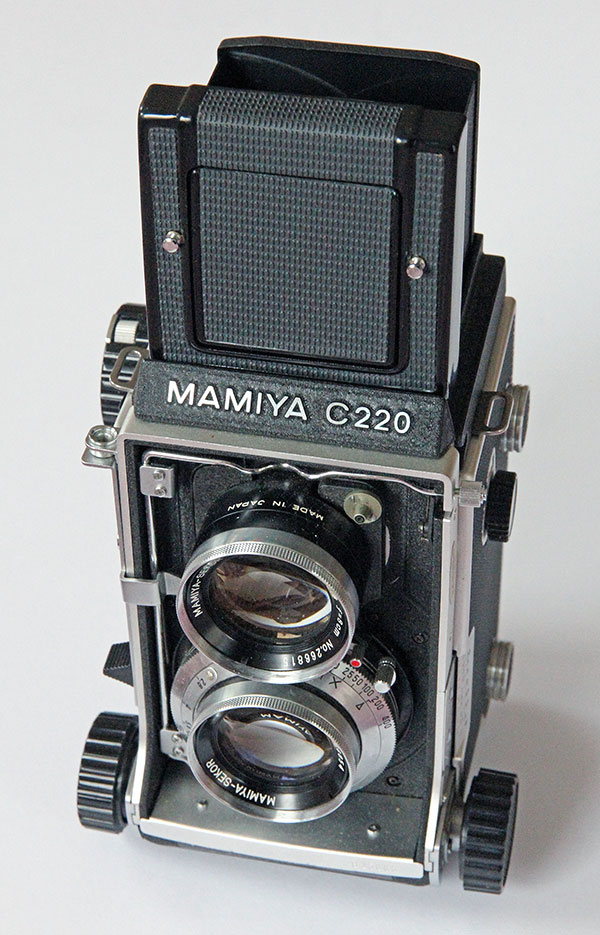
5) How to find great buys on eBay
If you peruse the eBay listings for highly desirable items like Leica cameras, Leica screw-mount or M-mount lenses, or my personal heart-throb, screw-mount Canon rangefinder cameras of the ‘50s and ‘60s, it’s easy to conclude that there are no great buys on eBay anymore. While it’s true that the phenomenal deals I got when I joined eBay back in 1998 are few and far between, they’re still out there if you search persistently and act quickly. It’s a good idea to save your searches for particular items because you’ll be notified when new items matching your search criteria are listed. Also you can search for similar items that command lower prices. For example, I recently bought a mint Canon 7 body for under 100 bucks instead of the 7s I really wanted, which would have cost me $250. Another good strategy is to scan all the listings to establish a price range for the camera you want, and bid or buy when you find a clean working example at a lower price. Good news for digital shooters: With certain notable exceptions, top performing digital cameras of all kinds that are more than 1-3 years old are readily available on eBay at enticing prices. For some reason eBay prices for film cameras have steadily increased over the past few years. Go figure.
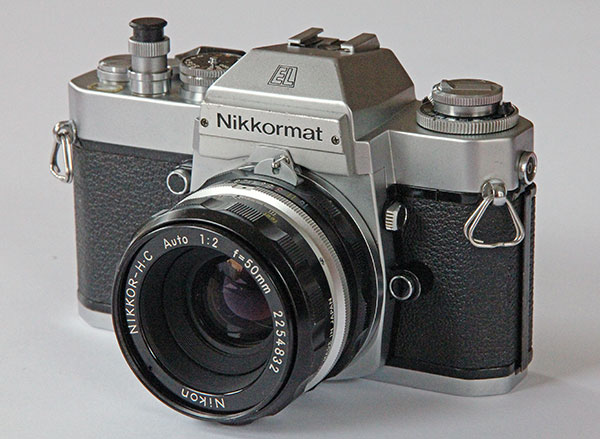
6) Send the right messages to the seller
Sending messages to the seller can be very useful. You can, as mentioned, ask questions about the camera’s condition or what’s included, request more information or photos, ask for a lower shipping cost if the amount seems too high, etc. If the seller responds quickly and in a friendly manner it’s a good sign that you’re dealing with a responsible person. As I suggested, many eBayers are casual or occasional sellers that may not know much about what they’re selling. That’s why it’s a good idea to click on the “Message to seller, optional” tab when paying and give them some guidance on proper camera packing to minimize the possibility of damage in transit
Here’s a short version of my standard packing message:
“Hi John (or eBay name), Please pack this camera very well by wrapping it securely in 2 layers of bubble wrap and immobilizing it in a hard box with packing material on all sides. Please also ship it as soon as you can and provide a tracking number. Thanks for your kind attention, and best regards, Name”

7) How to survive the eBay bidding wars
Much ink has been spilled on the intricacies of bidding effectively and winning auctions on eBay, and I’m sure there are more sophisticated strategies than mine readily accessible on the Internet. The first thing to decide is whether you want to bid at all. Ask yourself such logical questions as, “Do I need this camera? How does it fit into or complement my existing system? How am I going to use it? Can I afford it right now? etc.” before you get into the seductive and emotional process of bidding.
When I see a camera I want, I save it in my Watched items list and wait patiently until shortly before the auction ends. With Buy It Now and Make Offer items this runs the risk that someone will snap it up before you bid. If I decide that’s not a risk worth taking, I’ll make an offer. A fairly large percentage of eBay actions are decided in the last few seconds before time runs out, and I must admit I’m often a “sniper,” a polite term for folks that make higher bids at the last second. Indeed, I often put my bid in at the last moment even when there are zero bidders, because it gives me the best chance of snagging the item at the lowest possible price if another guy is using the same strategy. I’ve also found that bidders are more apt to bid if someone else has placed a bid before them, another advantage to bidding as late as possible. The downside: You have only one chance to snipe, and if someone else outbids you at the last second, they win.

8) Check the camera thoroughly as soon as you receive it
Make sure the shutter is firing at all speeds and that the self-timer works, that the focusing (manual and AF), lens diaphragm and exposure systems are functioning properly, that the battery compartment is free of corrosion, and that the camera’s appearance corresponds with the images posted in the eBay listing. If the serial number is visible in the photos check it as well. If it’s a digital camera, charge the battery, take a few pictures and assess the results on your computer.
You may be willing to accept some minor imperfections you didn’t notice, but if the camera fails to meet your expectations or has a problem not noted or pictured in the listing, contact the seller immediately and try to resolve the issues directly without involving eBay. When sending a message to the seller check the circle marked “Need information about using item or want to send a message to the seller.” If you check “Item not as described” this can be tantamount to initiating a eBay dispute, which has possible negative consequences for the seller and (believe it or not) the buyer, especially if you initiate “too many” damage claims in an (unspecified) period of time. If the defect is repairable you have the option of checking the cost with a reputable camera repair company and asking the seller for a partial refund to cover it.
9) Leaving feedback and filing complaints
As soon as I receive a camera that’s been well packed, shipped promptly, and meets all my expectations, I immediately click the Leave Feedback tab and leave 5-star positive feedback in all categories, plus a short affirmative message such as: “Accurate description, sent fast, well packed. An A++++seller!” I do this even if I think the shipping cost was a bit high or receiving it took a few days longer than I anticipated because I like to support good sellers on eBay and I know sellers appreciate it.
Always try to resolve issues with the seller before leaving negative or neutral feedback because it goes against their record. Also you don’t want them to leave negative buyer feedback for you (which they can if you make unfounded complaints, take too long to pay, etc. If you want to leave fewer than 5 stars in any of the 4 performance categories listed that’s up to you, but I don’t do it if I’m generally satisfied with the transaction. If you do file a legitimate complaint, as a last resort eBay will stand behind you and even refund your money and bill the seller if the item is covered by the eBay guarantee (most are.) Finally, if you’re confused about how to proceed with filing or pursuing a claim, it’s fairly easy to reach eBay by phone or chat by clicking on Help & Contact tab and following the prompts until the call or chat options come up.
10. Make friends with a good camera repair outfit
Used cameras, even if they’re in great shape, may require attention if you intend to use them. That’s why it’s a good idea to establish a warm relationship with a well-established company specializing in camera repair that has knowledgeable, experienced camera technicians on staff. I send all eBay cameras I plan to shoot with extensively to Pro Camera in Charlottesville VA for a CLA (cleaning, lubrication, and adjustment to spec) as soon as I receive them. Owner and chief repair guru Bill Moretz has a wealth of hands-on experience and he prides himself on being able to fix almost anything, including the exotic old cameras I foist on him, even fabricating spare parts when needed. I’ve also used United Camera Repair in Rock Island, IL with satisfaction.











































